Go vs Chess: Which Game Tests Your Strategy Skills Better?
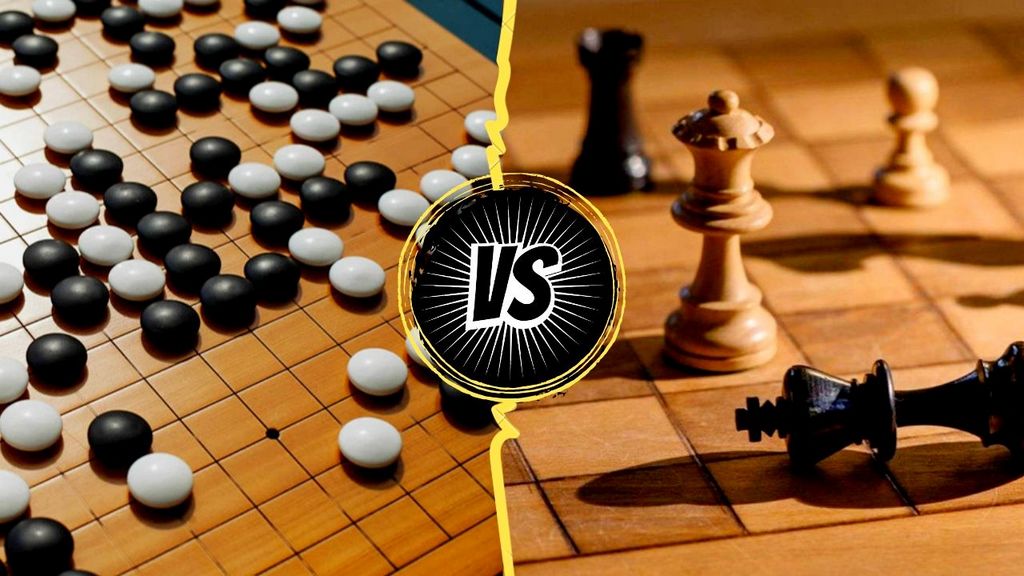

Strategy games have been around for centuries, and they continue to fascinate people of all ages. Two of the most popular strategy games that have withstood the test of time are Go (Baduk/Weiqi) and Chess. Both require players to think ahead and make calculated moves, but which game truly tests your strategy skills better? Is it the ancient Chinese game of Go, with its complex board and infinite possibilities? Or is it the classic game of Chess, with its unique pieces and centuries of tradition behind it?
In this article, we will take a closer look at the intricacies of each game and compare them side by side to determine which one truly reigns supreme in the ultimate battle of Go vs Chess. So, get ready to sharpen your mind and join us on this thrilling journey of strategy, tactics, and intense competition!
A Quick Comparison of Chess and Go
Both games are celebrated for their strategic depth and have stood the test of time, they differ significantly in their gameplay, origins, and global impact.
| Chess | Go | |
|---|---|---|
| A noble and classic battle on 64 squares. Start with a board full of pieces and capture the opponent’s king. | The elegant dance of strategy on a 361-point grid. Start with an empty board and create more territory as you progress. | |
| Origin | ~1,500 years ago in India | ~3,000 years ago in China |
| Board Size | 8×8 grid | 19×19 grid |
| Game Pieces | 6 types of pieces per color | Black and white stones |
| Game Mechanics | Moveable pieces | Stones placed and never moved |
| Game Objective | Checkmate the king | Control more territory |
| Average Game Length | ~80 moves | ~200 moves |
| Game Complexity | ~1044 possible positions | ~10171 possible positions |
| AI Surpasses Human Level | 1997, IBM’s DeepBlue | 2016, Google’s AlphaGo |
| Ease of Entry | Detailed piece-specific rules; simple objective | Simple rules; complex strategic objective |
| Player Population | ~500 million worldwide | ~25 million worldwide |
| Professional Players | ~1700 worldwide | ~2000 worldwide |
The Game of Stones vs the Game of Thrones: Differences between Go and Chess
Grab your pawns, bishops, and rooks, it’s time to square off on the 8×8 battlefield! Or maybe you’d prefer the more zen 19×19 grid with your simple yet versatile stones? Welcome to the fascinating worlds of Chess and Go.
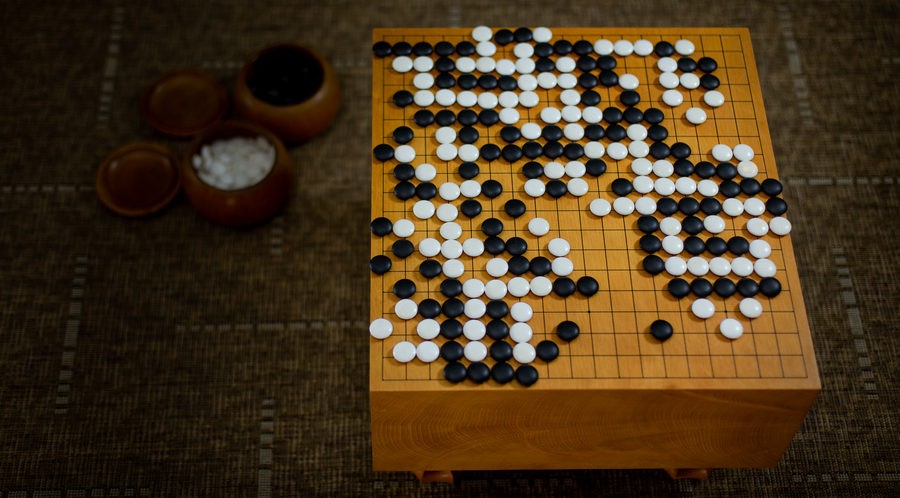
In Chess, early moves play a pivotal role. Novices and masters alike spend countless hours studying openings, recognizing that a strong start can pave the way for victory. This contrasts with Go, where openings, while still crucial, take a backseat, as many amateur games often hinge on the middle game’s outcomes.
Taking control of the center board in Chess is a foundational strategy, setting up powerful positions and controlling the flow of the game. In Go, the early quest for territory is more often directed towards the board’s corners and edges. However, as the game progresses, a strong influence in the center can become invaluable.
Playing defensively, especially with the Black pieces or against a more skilled opponent in Chess, might sometimes lead players to aim for a draw. But Go doesn’t entertain this idea frequently. The philosophy of Go rarely acknowledges draws, and players cannot merely agree to one.
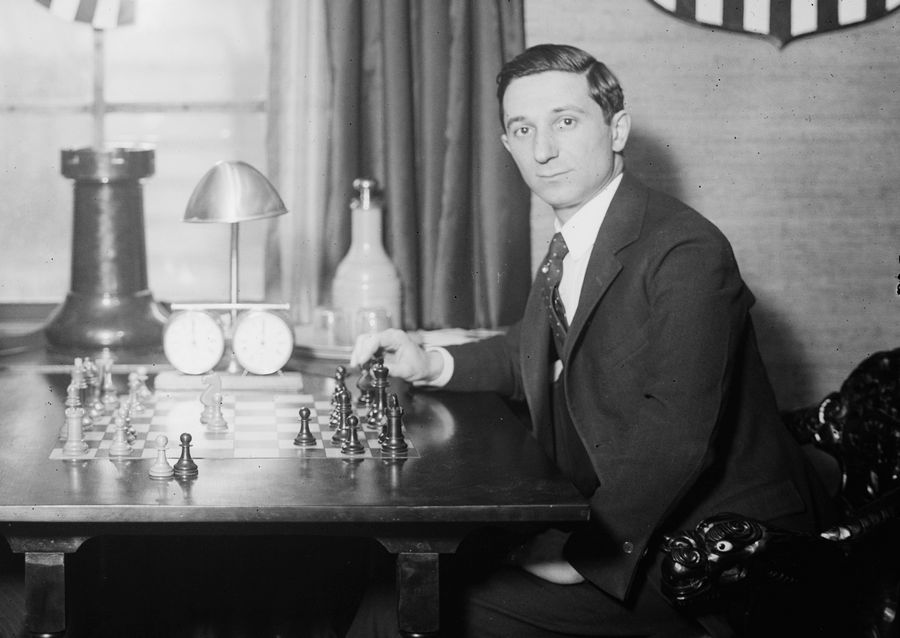
Balance in these games holds contrasting interpretations. Chess players calculate the equilibrium between material and position. But in Go, balance assumes a deeper, more intricate meaning. Edward Lasker once beautifully encapsulated this sentiment, saying
While the Baroque rules of Chess could only have been created by humans, the rules of Go are so elegant, organic, and rigorously logical that if intelligent life forms exist elsewhere in the universe they almost certainly play Go
In Go, achieving a winning strike is more elusive. Players remain ever-aware of the trade-offs: gaining territory here might mean conceding there. This prompts players to make intricate balance calculations, factoring in aspects like attack vs. defense or territory vs. influence.
Bill Hartston, a renowned British International Master, admitted that during an opponent’s move in Chess, his mind often wanders away from the game since a single move can dramatically shift the board’s dynamics. In contrast, a Go player’s mind remains intensely engaged, even during an opponent’s time. They utilize this pause to count territories, assess distant board areas, and strategize future moves.
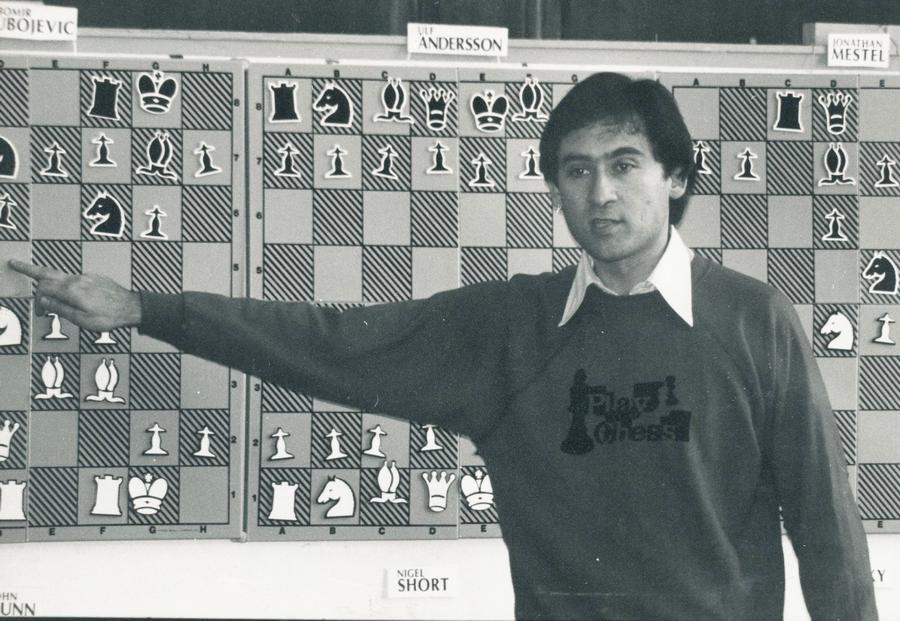
While Chess frequently ends in draws or clear victories, Go’s finales are often subtly nuanced. Victory isn’t truly determined until the intricate process of counting territories is completed. Experienced players consistently gauge their standing, choosing between safety and risks. Only a handful can do this impeccably.
The concept of handicaps in Chess is rare and can transform the game’s essence when implemented. Go adopts a more inclusive approach. Handicaps, especially among players of differing skill levels, are commonplace. Even so, the game’s core strategy remains mostly unaltered. Handicaps in Go are intricately tied to player ranks. For instance, if players have a four rank skill gap, the lesser-skilled player, assuming the Black position, will initiate the game with an advantage of four stones.
Chess: A Royal Affair
Chess, often called “the game of kings”, is a strategy board game that traces its roots back to the 6th century in India. Its modern form, however, didn’t appear until the 15th century in Europe.
In chess, two players move their 16 pieces — each with their unique movements and powers — across an 8×8 grid. It’s a bit like a medieval battle with every skirmish, every feint, and every strike having the potential to turn the tide.

The win condition in Chess is clear: checkmate the opponent’s King. Capture or threaten the enemy pieces to pave your path to victory. Chess is a fight to the death. It’s like a season finale of Game of Thrones — brutal and unpredictable!
There’s an old saying that Chess is a battle, but Go is a war. While this statement might somewhat overgeneralize the nuances of both games, it indeed contains an element of truth. Chess is inherently tactical, with a primary focus on immediate benefits. The objective lies in seizing the adversary’s pieces while safeguarding your own. Yet, it’s crucial to mention that Chess isn’t devoid of complexity. There are intricate endgames where subtle strategic shifts are necessary to leverage a minuscule advantage.
Go: A Stone’s Throw from Complexity
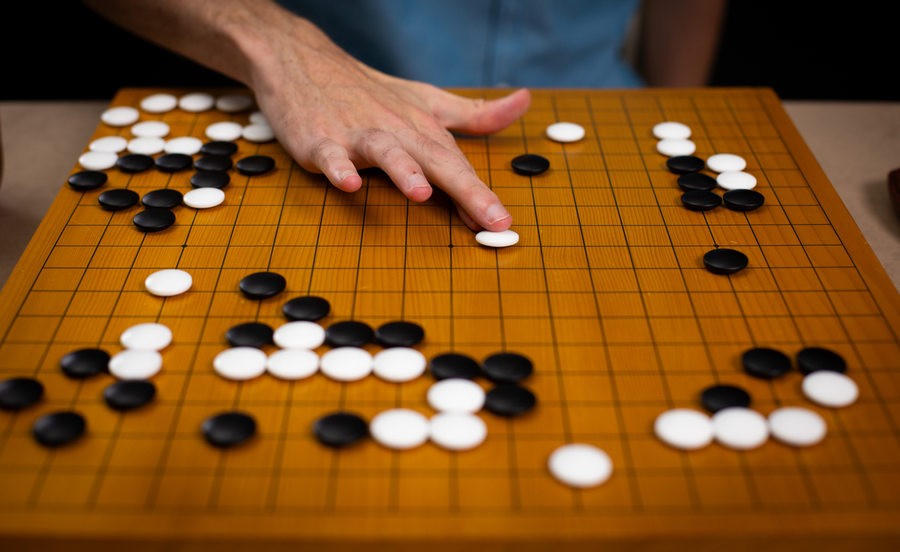
Go is more than just a game; it’s a reflection of a unique societal structure where every piece shares an equal importance. Originating in China over 3,000 years ago, Go offers a captivating blend of simple rules and profound depth. A game of Go starts with an empty board and unfolds in complexity with each stone that’s placed.
Unlike Chess, which can be likened to a medieval battle with its distinct pieces and tactics, Go is reminiscent of a sprawling empire-building endeavor. Here, it’s not about individual skirmishes but rather a broader strategic viewpoint. One needs to look at the whole board and forge long-term strategies. It’s a game where winning doesn’t entail overpowering your adversary, but rather staking out more territory. It’s analogous to a political campaign, where the goal is gaining ground, not vanquishing your foe. Just remember, it’s all fun and games until someone loses an eye.
But what’s truly fascinating about Go is the nature of its pieces. Each of the 361 Go stones is identical in size and shape, only differentiated by color. They don’t boast individual traits; instead, all stones are created equal, with inherent rights such as life (iki), liberty (me), and the occupation of territory (ji). However, these rights can only be fully realized when they collaborate in harmonious cooperation with their fellow stones. Each stone, irrespective of its placement, has the potential to manifest and serve with equal potency. They don’t operate as independent entities but collectively. In this model, stones work, live, and thrive not as the distinct specialists but as harmonious universals that share a unified value system and fate. It’s not about individual prowess; it’s about collective strength. Rather than a loud proclamation of independence, the stones of Go silently declare their interdependence, painting a picture of unity and shared purpose.
Finding Common Ground: The Intriguing Similarities between Go and Chess
On the surface, Chess and Go might seem like they’re on opposite ends of the board game spectrum. Chess, with its battlefield vibe, could be likened to a high-stakes action movie. In contrast, Go, with its minimalist aesthetics and Eastern origins, might be the board game equivalent of a contemplative arthouse film.
However, just like how action movies and arthouse films both fall under the broad umbrella of cinema, Chess and Go share a lot in common as they both reside in the realm of strategic board games. And just like at a good party, it’s the shared interests that often lead to the most interesting conversations.
Strategy: The Name of the Game
Perhaps the most significant similarity between Chess and Go is the deep strategic element they share. Both games require players to think many steps ahead, anticipating their opponent’s moves and formulating a game plan accordingly. In both games, you’re constantly juggling between offense and defense, all the while ensuring you don’t lose sight of the larger goal.
In each game, it’s a battle of wits, with players striving to outmaneuver their opponents. Much like a verbal debate, both games hinge on effective strategy and cunning counterarguments. However, there are no fiery outbursts or dramatic monologues here. Instead, the quiet click of a Go stone or the gentle slide of a chess piece serves as a player’s eloquent rebuttal.
Perfect Information and Zero Luck
Another compelling similarity between Chess and Go is the concept of perfect information. This means that all information about the game state is fully visible and accessible to both players. There are no cards hidden up any sleeves, no dice to roll, no random elements that could unexpectedly tip the game one way or the other. You see what your opponent sees, and vice versa. It’s like playing poker, but all the cards are open on the table. All you have to rely on is your wits, strategy, and brain.
Benefits: Brain Gain and Beyond
Chess and Go also share some impressive cognitive benefits. Studies have shown that these games can improve memory, concentration, and problem-solving skills, and they might even help ward off mental decline. A 2010 study in the Journal of the Experimental Analysis of Behavior, for instance, suggested that playing Chess and other strategy games can increase cognitive function.
Moreover, these games promote patience, discipline, and critical thinking, skills that are not just useful on the game board, but also in real-life situations. So playing Chess and Go is like going to the gym for your brain, where no heavy lifting is involved, and you get to sit the entire time. What’s not to love?
The Mental Gymnastics of Go and Chess: A Deep Dive into Strategy and Skill
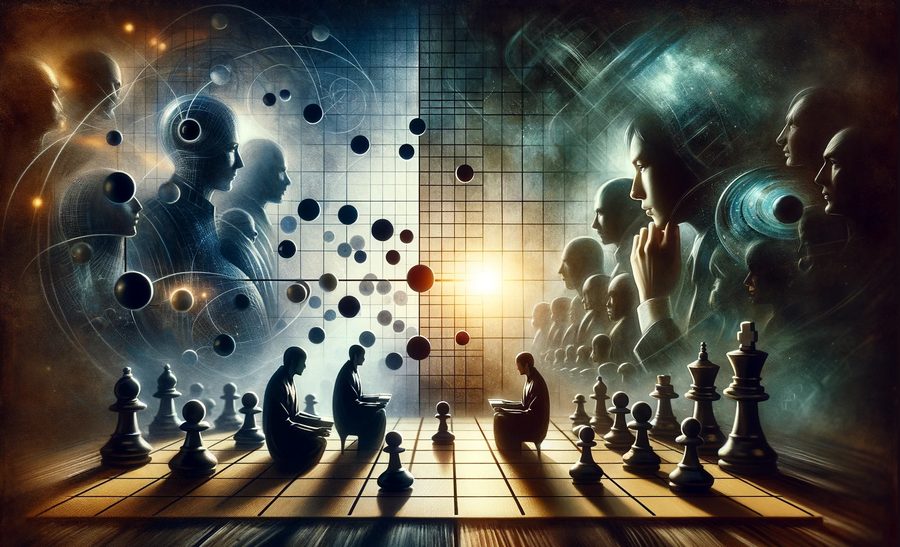
Go and Chess are fantastic exercises for the brain. They encourage strategic thinking, problem-solving, and creativity. Chess focuses more on tactics and calculating sequences of moves. It’s an intense sprint where you must think many moves ahead and anticipate your opponent’s plans.
Go, with its larger game board and focus on broad strategic planning, is more of a marathon. The game develops slowly, and it often isn’t clear who’s winning until the very end. It requires patience, foresight, and the ability to see the big picture.
Checkmating your Neurons: The Mental Skills Required for Chess
Chess is a tactical war on an 8×8 grid. It requires not just a good plan, but several backup ones too. So what mental muscles are you exercising when you move those Chess pieces?
- Memory: Top-level Chess players can remember thousands of different opening variations and endgame positions. A study published in Nature showed that elite chess players utilize their memory far more than novices, which aids them in recognizing complex chess positions.
- Concentration: Bobby Fischer, one of the greatest Chess players of all time, said, “Chess demands total concentration.” Your queen’s life could depend on it!
- Problem-solving: In Chess, you are constantly solving problems, like “How do I save my pinned knight?” or “How can I create a deadly fork?” Chess improves your ability to solve complex problems by forcing you to think ahead and analyze the consequences of your actions.
- Abstract reasoning: Recognizing patterns and making abstract connections are critical skills in Chess. A bishop and a queen can work together to weave a deadly web, but only if you can see the patterns they create.
Going the Distance: The Strategic Skills Needed for Go
While Chess is a tactical skirmish, Go is more of a strategic battle, stretching your brain in different ways.
- Pattern recognition: Go is all about recognizing complex patterns and sequences. High-level players can look at a Go board and almost ‘feel’ which moves are good.
- Intuition and judgment: Unlike Chess, where the value of a piece is clear, the value of a position in Go can be quite nebulous. This requires finely tuned intuition and judgment.
- Planning and foresight: Go is a game of territory and long-term gains. Strategic planning is paramount. It’s like playing Risk, but instead of conquering the world, you’re conquering a 19×19 board, one intersection at a time.
- Adaptability: The best Go players have the mental flexibility to adapt their strategy on the fly. A stone might be part of a wall in one turn, only to become part of an assault force in the next.
The Complexity of Go and Chess: A Journey into the Labyrinth of Possibilities
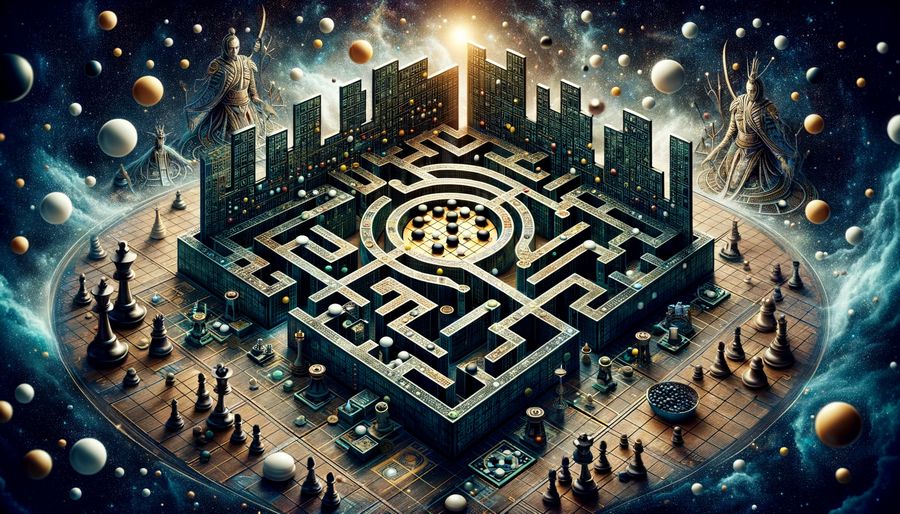
Chess: The Infinite Game in a Finite World
Chess is played on an 8×8 grid, and each player starts with 16 pieces, each type with its unique moves. The number of distinct 80-move games in Chess is estimated to be approximately 10120 (game-tree complexity), also known as the Shannon number after the mathematician Claude Shannon.
In comparison, there are estimated to be around 1080 atoms in the observable universe. So, if every atom in the universe was itself a universe, we would still be short of the total possible Chess games.
Go: The Art of Possibility
But if Chess is a cosmos, Go is a multiverse. Played on a 19×19 grid, players place black and white stones in turns. Despite the simple rules, the game quickly spirals into complexities that make quantum physics look like child’s play. The number of possible board configurations in Go is estimated to be around 10170 (state-space complexity), and the total possible games are so astronomical (10360) that the human mind — or even a supercomputer — can hardly fathom them.
20816819981993819799846 994786333448626277028 6522453884530548425 6394568209274196127 3801537852564845169 8519643907259916015 6281285460898883144 2712971531931755773 6620397247064840935
is the exact number of possible positions in the game of Go that do not contradict the rules of the game. There are 171 digits in this number.
To make it more relatable, imagine this: if every drop of water in Earth’s oceans represented a billion Go positions, you would still need oceans from thousands of Earths to equal this number!
According to Wikipedia, Go ranks third among all games in terms of game-tree complexity. This essentially means that the number of possible variations and positions in a game of Go is surpassed by only two other games in the world. Additionally, in theory, the field size is unlimited and can be larger than 19×19, which makes the game infinitely complex. This opens up a realm of possibilities and challenges that is almost incomprehensible, adding another layer to the already intricate game.

AI Odyssey from Deep Blue to AlphaGo
Part of the reason these games are so complex comes down to their branching factor — the number of possible moves from any given position. In Chess, this is typically about 30, while in Go, it can be well over 200. Even after just two moves, we already see a significant divergence. Chess leads to about 400 possible board setups, but Go can boast around 130,000!
The branching factor also explains why computers have traditionally found Go harder to handle than Chess. In the 90s, IBM’s Deep Blue shocked the world by beating Chess World Champion Garry Kasparov.
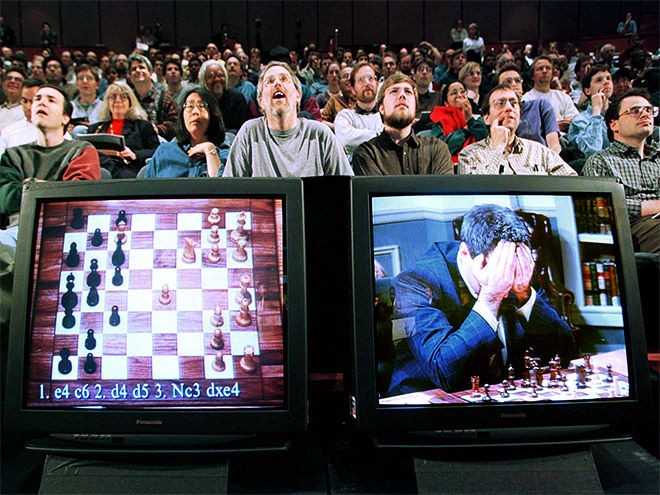
But it took another 20 years for Google’s AlphaGo to defeat a human Go champion. If Deep Blue was like landing on the moon, AlphaGo was like establishing a fully-fledged colony on Mars with its own unique architecture and local cuisine.
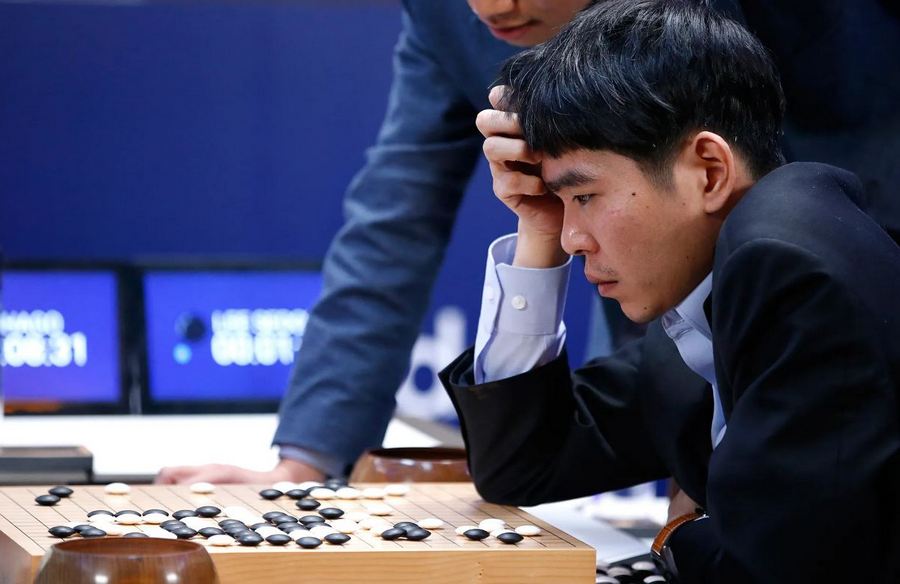
To better understand the journey and the impact of this milestone, an AlphaGo documentary was released in 2017, showcasing the journey of AlphaGo and its match against human Go champion, Lee Sedol. The movie provides an in-depth look into the world of artificial intelligence and its evolution through the lens of one of the most ancient and revered games in human history.
Embracing the Complexity of Chess and Go
While the numbers indicate Go as the more complex game, the true complexity of both Chess and Go lies beyond the raw count of possibilities. It encompasses how these possibilities interact, interweave, and form the grand tapestry of the game, making both Chess and Go staggeringly beautiful and intricate puzzles. These games are not just to be solved but serve as an invitation to dive deeper into their labyrinthine depths, offering endless fascination, enjoyment, challenge, and personal growth.
Whether a Chess enthusiast exploring the King’s Gambit or a Go player mastering life and death, embracing complexity is crucial. As Albert Einstein said, “Out of clutter, find simplicity. From discord, find harmony. In the middle of difficulty lies opportunity.” With Chess and Go, the opportunity extends beyond playing a game—it’s a journey into a world of complexity, finding simplicity in chaos, and discovering the sublime beauty hidden in the myriad possibilities of black and white stones, kings, queens, and knights.
Essential Learning Resources
Fortunately, the digital age offers a trove of resources to assist both budding and veteran players on their journey to mastery. Let’s explore the best avenues available for learning chess and Go online.
Chess Resources
When it comes to learning chess, two platforms reign supreme: Lichess.org and Chess.com. These platforms are equipped with tutorials, puzzles, and communities teeming with players ready to engage in a friendly duel or offer advice.
Go Resources
Finding comprehensive resources to learn Go can be a bit more challenging, as the web offers a limited selection. Thankfully, Go Magic stands as a beacon for Go enthusiasts, providing an extensive library of learning materials, from courses and skill trees to insightful articles.
- Interactive Courses. Here you will find a rich repository of courses designed to usher you into the mesmerizing world of Go, no matter your level of expertise. The structured learning paths present an excellent way for newcomers to build a strong foundation, while more experienced players can refine their strategies and dive deeper into advanced concepts.
- Skill Tree. The Skills Tree at Go Magic offers an interactive and engaging way to improve your Go playing abilities. Here, players can find problems to solve, ranging from easy to hard, helping to polish their skills through practical application. This dynamic resource evolves with your learning pace, offering an ever-challenging landscape to hone your Go techniques.
- Articles Section. If you’re looking to delve deeper into the strategies, philosophies, and intricacies of Go, the articles section serves as a treasure trove of information. This space hosts a collection of well-penned articles that discuss various Go topics, including tips, deep analyses, and opinion pieces from seasoned Go players.
- How to Play Go: Rules Explained. Before diving headfirst into the world of Go, understanding the fundamental rules is crucial. This detailed guide articulates the rules of Go in a comprehensible manner, allowing beginners to grasp the essentials of the game. Moreover, the article offers a step-by-step approach to playing Go, serving as a handy manual for newcomers eager to learn and eventually master the game.
Embarking on the path to mastering chess and Go can be a rewarding journey filled with growth, strategy, and endless learning opportunities. With the resources highlighted above, you have the essential tools to navigate the complex landscapes of chess and Go effectively. Whether you’re starting fresh or looking to advance your existing skills, remember that the journey is just as important as the destination. Begin your adventure today and unlock the grandmaster in you!
Which Game Would ChatGPT Choose?
Which game is better, Go or chess? Please choose strictly only one game.
Choosing strictly between Go and Chess, I would select Go. This choice is based on the game’s profound strategic depth, its simplicity in rules yet complexity in play, and its historical and cultural significance, especially in East Asia. However, it’s important to note that “better” is highly subjective and depends on individual preferences and interests
— ChatGPT 4.0 (Source)


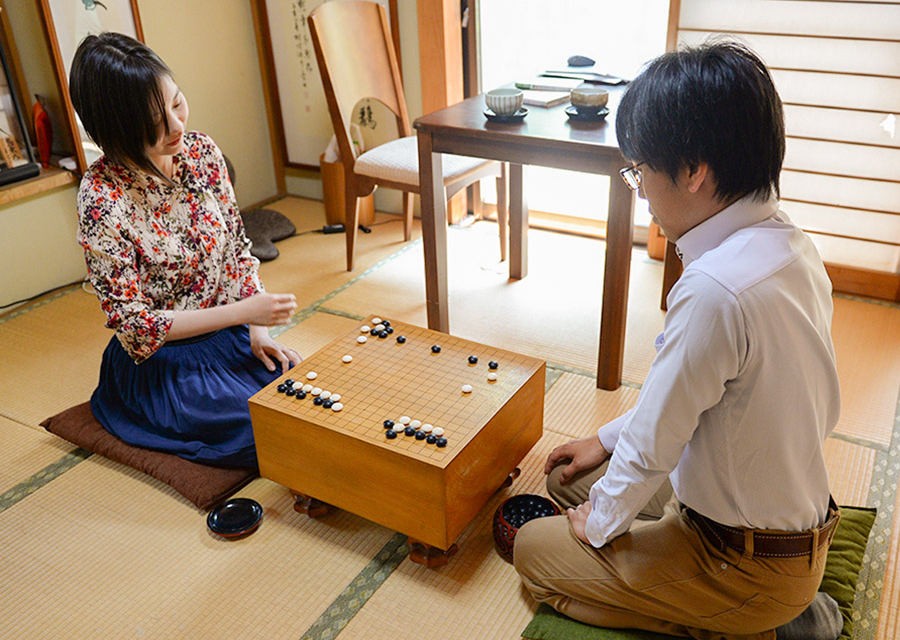
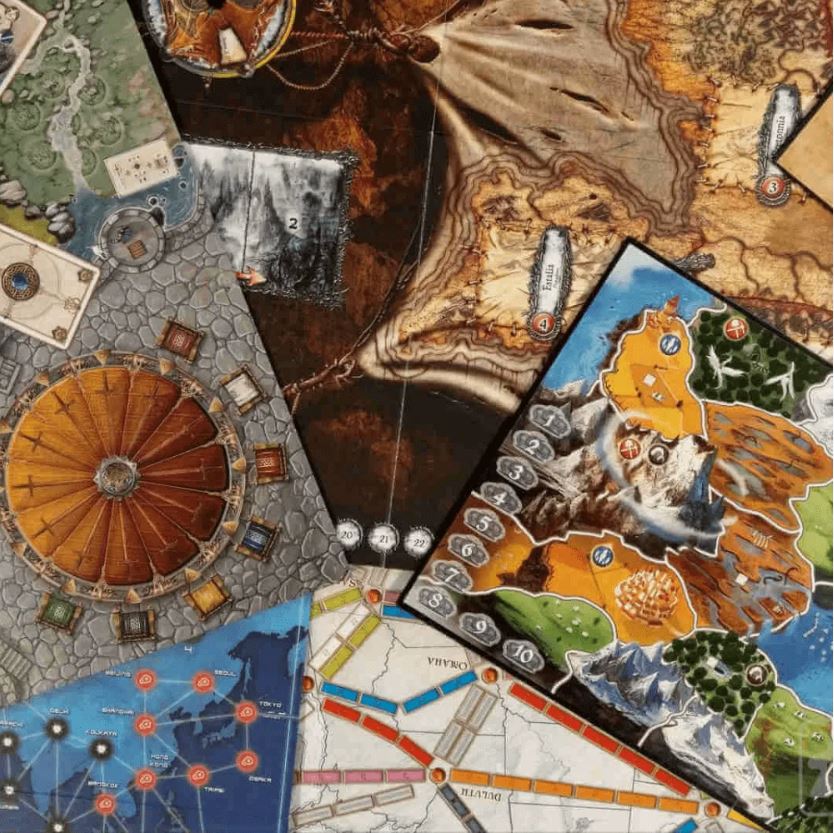
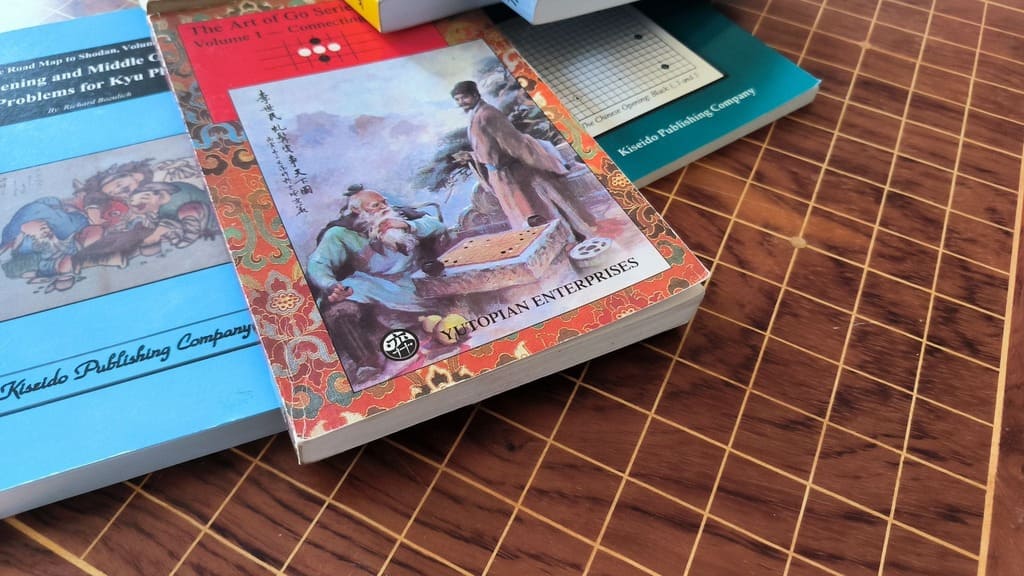

Оставить комментарий